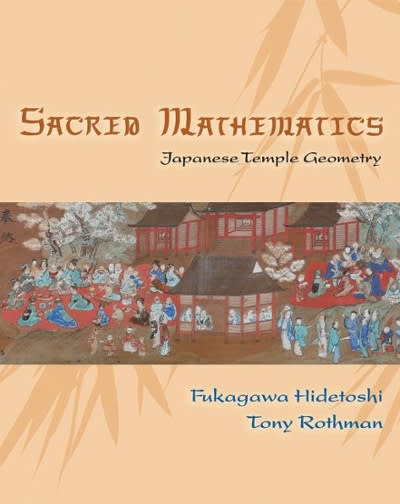



Please provide solutions to questions below and provide necessary explanations and working thanks
Question 20: The process Xt+1.6Xt-1=Zt-D.4Zt-1+0.D42t-2 is causal, but not invertible. (T F) In this practice problem. you will work with data on yearly levels of Lake Huron from 1875 to 1972 (98 observations in total). \"in mm\" IIII'DIIII Question 21 Consider the time series and ACF plot of the data in Figure 1. Which of the following statements is correct? A. The time series is stationary and has a polynomial trend B. There is no autocon'elation between realizations of the time series. C. The time series has a linear trend but a nonconstant mean D. The time series has a nonconstant mean and requires a transfonnation Question 22 Which of the following characteristics are present in the time series plot of the original data (gure 1)? A. Trend and seasonality B. Periodicity and seasonality C. Trend and heteroskedasticity D. Periodicity and trend Question 23 Consider the following assumptions for stationarity: (i) Normality; (ii) Constant mean; and (iii) Covariance between any two observations depends only on the time lag between them. Which of the assumptions seem to be violated (figure 1)? (i)and (ii) (i) and (iii) (ii)and (iii) (i), (ii)and (iii) Consider the following plots for the the time series for the yearly levels of Lake Huron in Figure 2. Detrended yearly levels of the lake huron Difference in the Level of Lake Huron deference in loveb 1860 1900 19420 1540 1960 1580 1900 1920 1540 1960 year ACF of detrended time series PACE of the detrended time series Partial ACT -02 40 02 04 06 02 -D.2 10 Lag ACF of the differenced time series PACE of the differenced time series 02 Partial ACT -02 -01 15 10 15 Lag Figure 2 LagQuestion 24 Which of the following statements is correct in figure 2? A. The differenced series resembles a process with a constant mean, and the sample ACF for it looks like an MA(1) process B. The detrended series resembles a process with a constant mean, and the sample PACF for it looks like an AR(2) process C. The differenced series resembles a process with a constant variance, and the sample ACF for it looks like an AR(3) process D. The detrended series resembles a process with a constant variance, and the sample PACF for it looks like an MA(2) process Question 25 Why is "differencing" the data more suitable (in terms of modeling the characteristics of the time series) than "detrending" it (refer to figure 2 again)? A. Because it almost removes the nonconstant variance pattern, while "detrending" the data doesn't B. Because there are no significant lags present in neither the ACF plot, nor the PACF plot C. All of the above D. None Based on the AIC criteria, we select the ARMA(2,0) model using the detrended time series. The second order polynomial model is given by Y = 11.22 - 177.82t + 265t2 + Xt. where Xt is an ARMA(2,0). Table 1 shows the estimated ARMA model: Mean Estimate 0.9541 -0.3074 -0.0111 s.e. 0.0975 0.0979 0.1865 Table 1: Estimated ARMA Model Question 26: Find the t-statistic corresponding to $1 from table 1: 100.37 12.43 9.79 0.95 Question 27: Find the t-statistic corresponding to $2 from table 1: 32.07 5.16 6 3.14 0.31Question 28 Suppose we want to perform a t-test at the 0.05 significance level to test whether the two coefficients $1 and $2 are significant. What is the critical threshold? A. 1.98447 B. 1.985251 C. 1.66071 D. 1.66088 Question 29 Which coefficients are significant? $2 $1 and $2 Neither Figure 3 below displays the ACF and PACF plots of the residuals. autocorrelation of the residuals 1.0 ACE -0.2 04 10 15 Lag partial autocorrelation of the residuals Partial ACF -0.2 0.0 0 10 15 Figure 3 Lag Question 30 Which statement is correct? A. The residuals are correlated. B. The residuals resemble a white noise process. C. Consecutive residuals seem not identically distributed. D. The residuals resemble a random walk process















